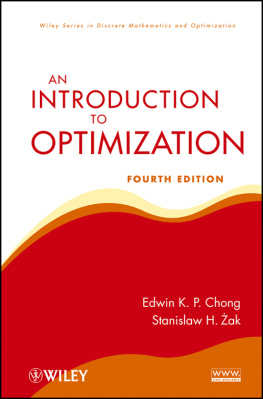Thomas H. Cormen - Introduction to Algorithms, Fourth Edition
Here you can read online Thomas H. Cormen - Introduction to Algorithms, Fourth Edition full text of the book (entire story) in english for free. Download pdf and epub, get meaning, cover and reviews about this ebook. City: Cambridge, year: 2022, publisher: MIT Press, genre: Home and family. Description of the work, (preface) as well as reviews are available. Best literature library LitArk.com created for fans of good reading and offers a wide selection of genres:
Romance novel
Science fiction
Adventure
Detective
Science
History
Home and family
Prose
Art
Politics
Computer
Non-fiction
Religion
Business
Children
Humor
Choose a favorite category and find really read worthwhile books. Enjoy immersion in the world of imagination, feel the emotions of the characters or learn something new for yourself, make an fascinating discovery.

- Book:Introduction to Algorithms, Fourth Edition
- Author:
- Publisher:MIT Press
- Genre:
- Year:2022
- City:Cambridge
- Rating:3 / 5
- Favourites:Add to favourites
- Your mark:
- 60
- 1
- 2
- 3
- 4
- 5
Introduction to Algorithms, Fourth Edition: summary, description and annotation
We offer to read an annotation, description, summary or preface (depends on what the author of the book "Introduction to Algorithms, Fourth Edition" wrote himself). If you haven't found the necessary information about the book — write in the comments, we will try to find it.
Introduction to Algorithms, Fourth Edition — read online for free the complete book (whole text) full work
Below is the text of the book, divided by pages. System saving the place of the last page read, allows you to conveniently read the book "Introduction to Algorithms, Fourth Edition" online for free, without having to search again every time where you left off. Put a bookmark, and you can go to the page where you finished reading at any time.
Font size:
Interval:
Bookmark:
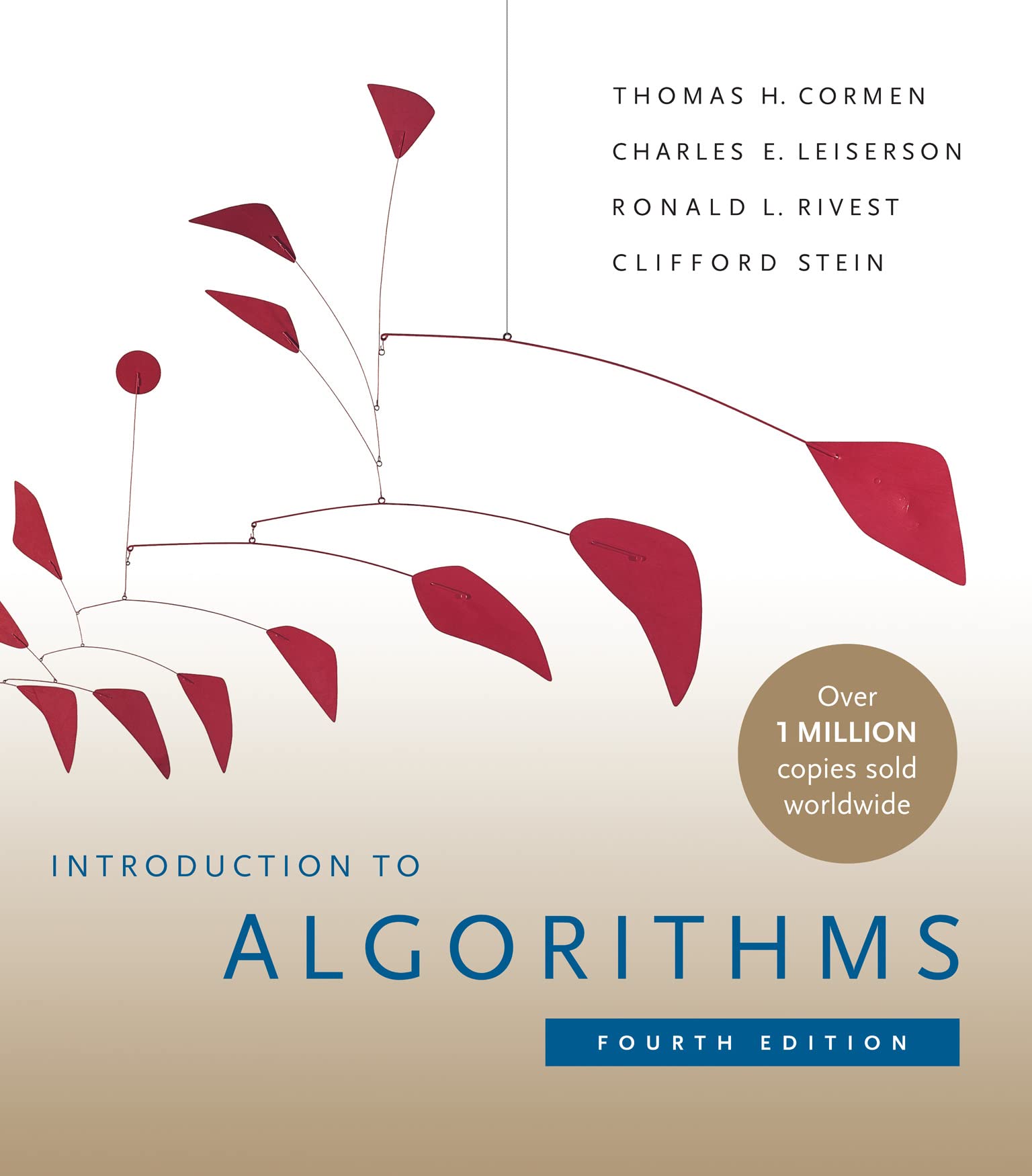
2022 Massachusetts Institute of Technology
All rights reserved. No part of this book may be reproduced in any form or by any electronic or mechanical means (including photocopying, recording, or information storage and retrieval) without permission in writing from the publisher.
The MIT Press would like to thank the anonymous peer reviewers who provided comments on drafts of this book. The generous work of academic experts is essential for establishing the authority and quality of our publications. We acknowledge with gratitude the contributions of these otherwise uncredited readers.
Names: Cormen, Thomas H., author. | Leiserson, Charles Eric, author. | Rivest, Ronald L., author. | Stein, Clifford, author.
Title: Introduction to algorithms / Thomas H. Cormen, Charles E. Leiserson, Ronald L. Rivest, Clifford Stein.
Description: Fourth edition. | Cambridge, Massachusetts : The MIT Press, [2022] | Includes bibliographical references and index.
Identifiers: LCCN 2021037260 | ISBN 9780262367509
Subjects: LCSH: Computer programming. | Computer algorithms.
Classification: LCC QA76.6 .C662 2022 | DDC 005.13--dc23
LC record available at http://lccn.loc.gov/2021037260
10 9 8 7 6 5 4 3 2 1
d_r0
Introduction to Algorithms
Fourth Edition
Not so long ago, anyone who had heard the word algorithm was almost certainly a computer scientist or mathematician. With computers having become prevalent in our modern lives, however, the term is no longer esoteric. If you look around your home, youll find algorithms running in the most mundane places: your microwave oven, your washing machine, and, of course, your computer. You ask algorithms to make recommendations to you: what music you might like or what route to take when driving. Our society, for better or for worse, asks algorithms to suggest sentences for convicted criminals. You even rely on algorithms to keep you alive, or at least not to kill you: the control systems in your car or in medical equipment. The word algorithm appears somewhere in the news seemingly every day.
Therefore, it behooves you to understand algorithms not just as a student or practitioner of computer science, but as a citizen of the world. Once you understand algorithms, you can educate others about what algorithms are, how they operate, and what their limitations are.
This book provides a comprehensive introduction to the modern study of computer algorithms. It presents many algorithms and covers them in considerable depth, yet makes their design accessible to all levels of readers. All the analyses are laid out, some simple, some more involved. We have tried to keep explanations clear without sacrificing depth of coverage or mathematical rigor.
Each chapter presents an algorithm, a design technique, an application area, or a related topic. Algorithms are described in English and in a pseudocode designed to be readable by anyone who has done a little programming. The book contains 231 figuresmany with multiple partsillustrating how the algorithms work. Since we emphasize efficiency as a design criterion, we include careful analyses of the running times of the algorithms.
The text is intended primarily for use in undergraduate or graduate courses in algorithms or data structures. Because it discusses engineering issues in algorithm design, as well as mathematical aspects, it is equally well suited for self-study by technical professionals.
In this, the fourth edition, we have once again updated the entire book. The changes cover a broad spectrum, including new chapters and sections, color illustrations, and what we hope youll find to be a more engaging writing style.
To the teacher
We have designed this book to be both versatile and complete. You should find it useful for a variety of courses, from an undergraduate course in data structures up through a graduate course in algorithms. Because we have provided considerably more material than can fit in a typical one-term course, you can select the material that best supports the course you wish to teach.
You should find it easy to organize your course around just the chapters you need. We have made chapters relatively self-contained, so that you need not worry about an unexpected and unnecessary dependence of one chapter on another. Whereas in an undergraduate course, you might use only some sections from a chapter, in a graduate course, you might cover the entire chapter.
We have included 931 exercises and 162 problems. Each section ends with exercises, and each chapter ends with problems. The exercises are generally short questions that test basic mastery of the material. Some are simple self-check thought exercises, but many are substantial and suitable as assigned homework. The problems include more elaborate case studies which often introduce new material. They often consist of several parts that lead the student through the steps required to arrive at a solution.
As with the third edition of this book, we have made publicly available solutions to some, but by no means all, of the problems and exercises. You can find these solutions on our website, http://mitpress.mit.edu/algorithms/. You will want to check this site to see whether it contains the solution to an exercise or problem that you plan to assign. Since the set of solutions that we post might grow over time, we recommend that you check the site each time you teach the course.
We have starred () the sections and exercises that are more suitable for graduate students than for undergraduates. A starred section is not necessarily more difficult than an unstarred one, but it may require an understanding of more advanced mathematics. Likewise, starred exercises may require an advanced background or more than average creativity.
To the student
We hope that this textbook provides you with an enjoyable introduction to the field of algorithms. We have attempted to make every algorithm accessible and interesting. To help you when you encounter unfamiliar or difficult algorithms, we describe each one in a step-by-step manner. We also provide careful explanations of the mathematics needed to understand the analysis of the algorithms and supporting figures to help you visualize what is going on.
Since this book is large, your class will probably cover only a portion of its material. Although we hope that you will find this book helpful to you as a course textbook now, we have also tried to make it comprehensive enough to warrant space on your future professional bookshelf.
What are the prerequisites for reading this book?
- You need some programming experience. In particular, you should understand recursive procedures and simple data structures, such as arrays and linked lists (although covers linked lists and a variant that you may find new).
- You should have some facility with mathematical proofs, and especially proofs by mathematical induction. A few portions of the book rely on some knowledge of elementary calculus. Although this book uses mathematics throughout, teach you all the mathematical techniques you will need.
Our website, http://mitpress.mit.edu/algorithms/, links to solutions for some of the problems and exercises. Feel free to check your solutions against ours. We ask, however, that you not send your solutions to us.
To the professional
The wide range of topics in this book makes it an excellent handbook on algorithms. Because each chapter is relatively self-contained, you can focus on the topics most relevant to you.
Next pageFont size:
Interval:
Bookmark:
Similar books «Introduction to Algorithms, Fourth Edition»
Look at similar books to Introduction to Algorithms, Fourth Edition. We have selected literature similar in name and meaning in the hope of providing readers with more options to find new, interesting, not yet read works.
Discussion, reviews of the book Introduction to Algorithms, Fourth Edition and just readers' own opinions. Leave your comments, write what you think about the work, its meaning or the main characters. Specify what exactly you liked and what you didn't like, and why you think so.


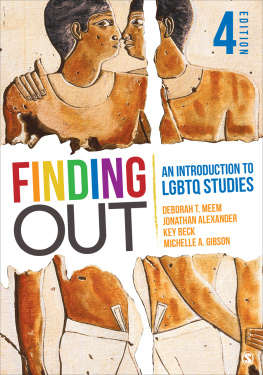
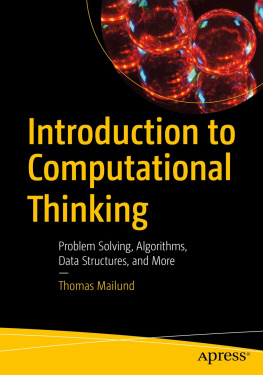

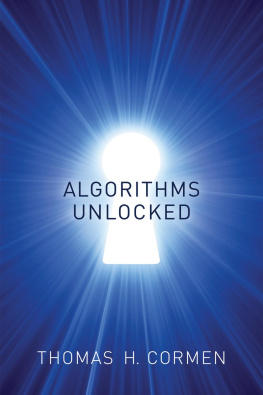
![Magnus Lie Hetland [Magnus Lie Hetland] - Python Algorithms: Mastering Basic Algorithms in the Python Language, Second Edition](/uploads/posts/book/124062/thumbs/magnus-lie-hetland-magnus-lie-hetland-python.jpg)

